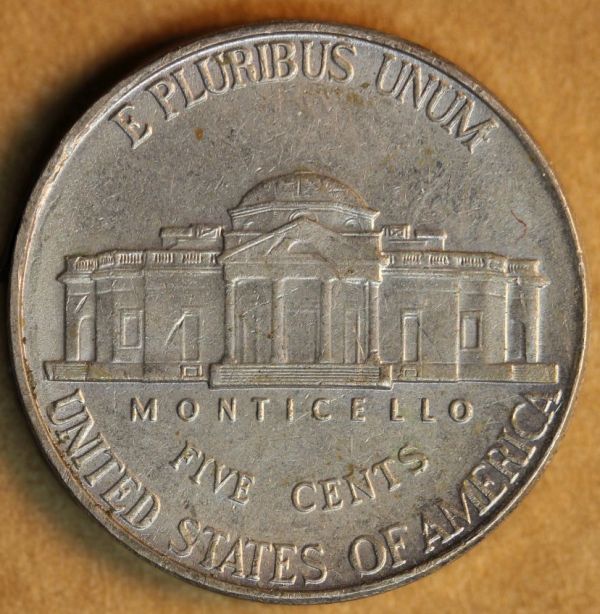Part VI. Striking Errors:
Skidding Die Errors
Definition: Skidding die errors occur when a laterally-shifting die slides across the surface of a planchet or coin, scraping the surface. Severe cases always involve the hammer die. The error can occur as the hammer die is completing its downstroke, after the hammer die has reached the lowest point of its downstroke, and during the first moments of retraction. These errors can occur in the course of a single strike or during a second strike. Different names are applied to skidding die errors depending on their appearance and when they occur. Four types of skidding die errors are recognized and are the subject of separate entries:
- Skidding misalignment. This occurs as the die is penetrating the planchet.
- Design ablation error. This occurs during a second strike as a horizontally shifting hammer die scrapes off the design generated during the first strike.
- Design decapitation error. This occurs during the retraction phase as a horizontally shifting hammer die removes the highest points of the design.
- Slide doubling. This occurs immediately after the hammer die reaches the lowest point of its downstroke. The die shifts laterally without lifting up, smearing the design and piling up the relocated metal into a series of ridges. This entry can be found as a sub-entry of Machine Doubling.
This 1999-D nickel shows a skidding misalignment on its obverse face. At first contact the hammer die was in its normal, centered position. As it sank down into the planchet it shifted to the left and finished its downstroke in a misaligned position. After reaching the lowest point of its downstroke, the hammer die shifted to the right, smearing the newly-struck design. This second movement falls into the category of strike doubling.

